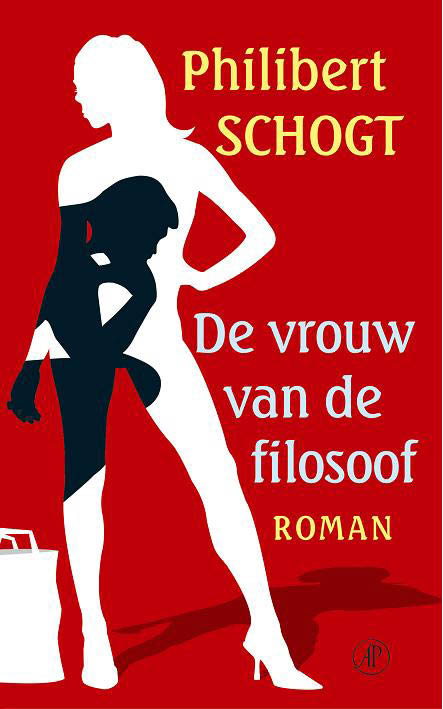(De vrouw van de filosoof)

Vera Samson, the 35-year-old main character in THE PHILOSOPHER’S WIFE has supported her partner Luuk van Wleuten’s ambitions for years, emotionally as well as financially. Your time will come, she would tell him, first during the difficult time studying philosophy, then during his many failed attempts to find someone to fund his research into the work of the controversial philosopher Francois Malmedy, so that Luuk could stay home working on his book in peace, whenever his depression let him. But one day, shortly after a publisher shows interest and times are therefore finally getting better, Luuk goes off with another woman.
After a difficult time Vera has dealt with her abandonment and picked up the thread of her life once more. Then Luuk’s book The Pain Barrier comes out, a 950-page autobiographical search for ‘intense existence’, as described by the philosopher Malmedy. When Vera reads a glowingly enthusiastic review, she is shocked to discover that she is not only mentioned by name and surname in the book, she is presented as ‘the enemy’, the opposition that every hero, according to Malmedy, needs to overcome to flourish. In the review Luuk is praised for his ‘vicious and hilarious portrait of the well-behaved, colourless Vera, who with her kind relativisms gradually grows into a devil of mediocrity’.
For her own self-preservation, Vera decides not to read The Pain Barrier. But this subjects her to the shards of information she happens to pick up from the media, acquaintances and colleagues and especially her best friend Angela, who has offered herself as ‘taster’. The more Vera gets to know about the book the more frightened she becomes about what else could be in it. Her self-confidence cracks more and more. It sends her to a place from where she comes out wiser, with her own greatness very much intact.
‘Read and shiver.’ Spits
‘An entertaining, cleverly constructed novel…compelling.’ Volkskrant
‘An engaging moral tale with a forbidding undertone and a surprising finale.’ Brabants Dagblad
‘Fluently written with vivid descriptions.’ Trouw
Sales
- Arbeiderspers NL
- Garzanti Italy
Material: Dutch and Italian copies (176pp)